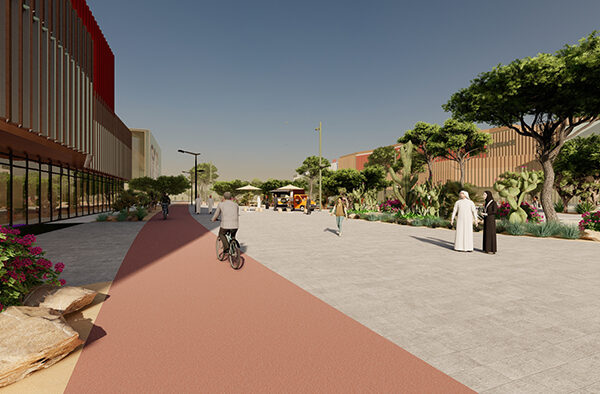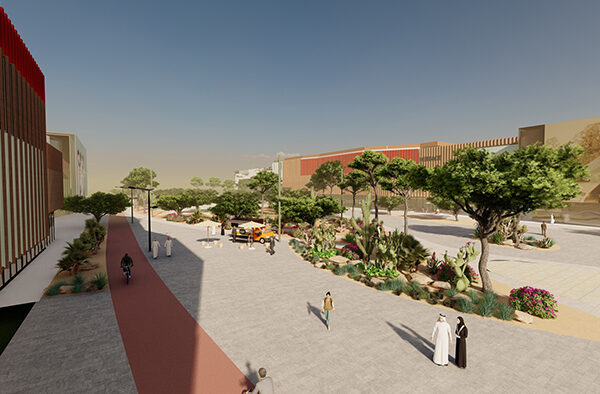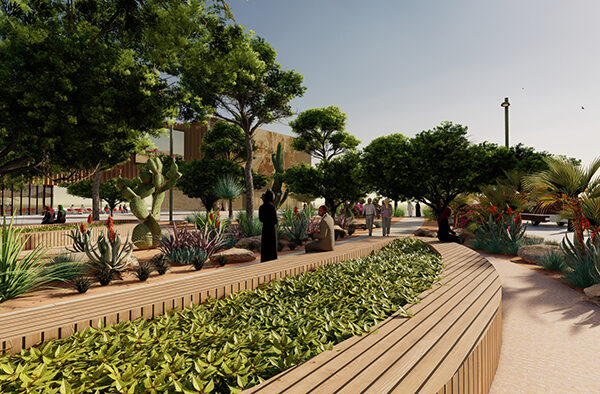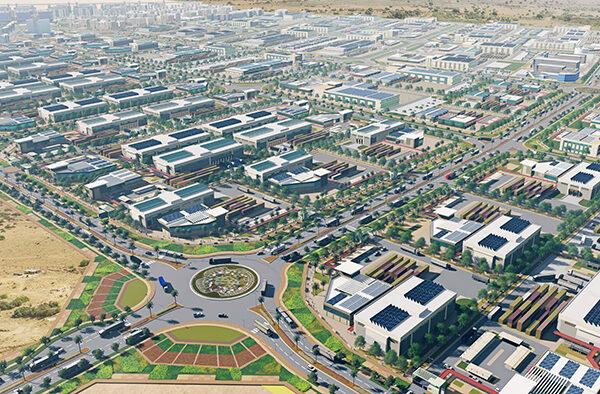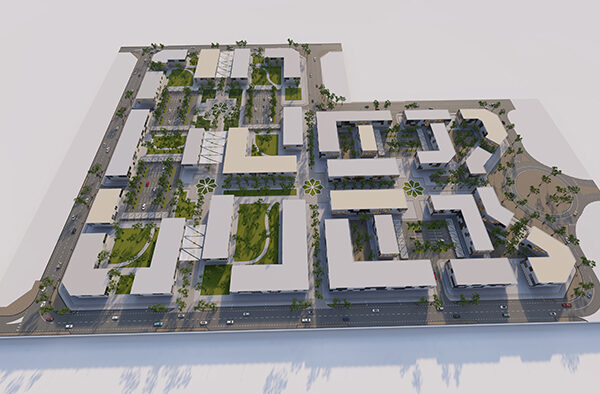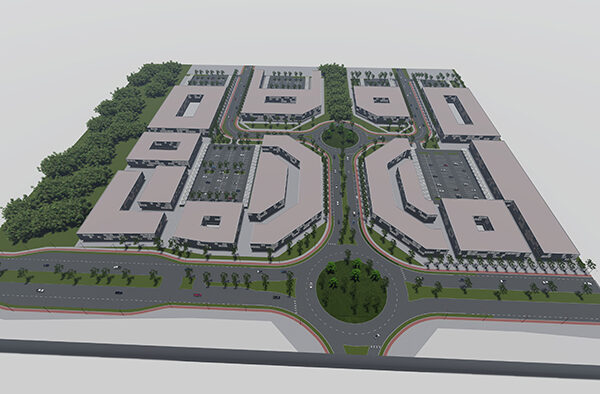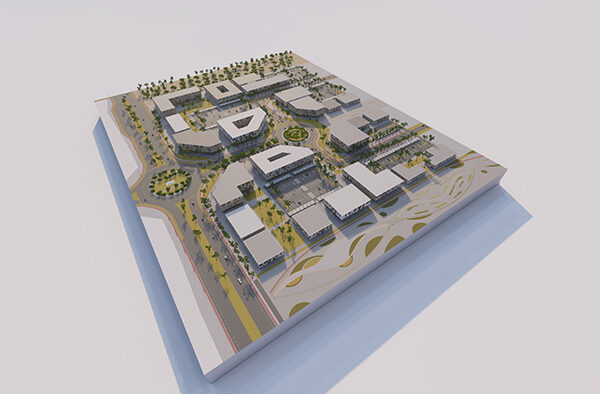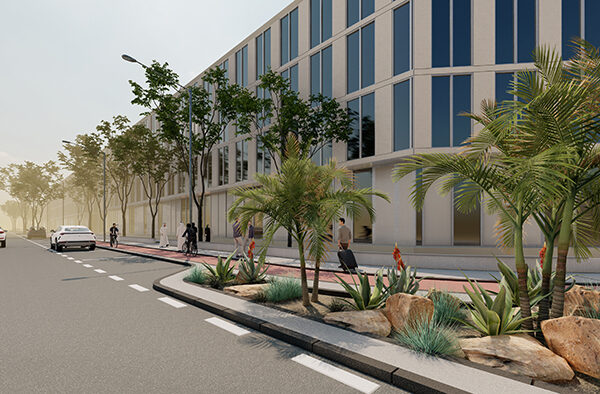Economic Zones
Kuwait Direct Investment Promotion Authority (KDIPA) leads the national development efforts of economic zones in Al-Abdali, Al-Wafra, and Al-Na’ayem. This initiative looks to redefine the country’s urban identity by addressing efficient economic and social outcome aligned with the goals of Kuwait’s National Vision and its international commitments.
The Kuwait Economic Zones (KEZs) offer an integrated competitive clusters with robust and sustainable growth potential, lucrative investment opportunities, dynamic innovative solutions, differentiated services, and adequate infrastructure for easy access to local and international markets.
Inviting the Private Sector with a Promising opportunity to Invest, Settle & Expand
KEZ Objectives
KEZ Opportunties
Be Part of KEZ
Kuwait’s Economic Zones Targeted Sectors
Kuwait’s 3 Economic Zones
Abdali Economic Zone
- GEOGRAPHIC POSITION
- Area: 5.02 km2.
- Location: Northern Kuwait, approximately 90 km from Kuwait City, and 20 km from the Iraqi border.
- VALUE PROPOSITION
Al Abdali Economic Zone is planned to become an Industrial, service, and logistic hub, linking Kuwait to the neighboring countries, into Eastern Europe, Central Asia and beyond.
AEZ attributes include:
- Strategic geographic location in the North
- Proximity to the major oil fields in the country.
- Easy access to the planned Gulf railway line.
- Links to major highways across Kuwait.
- Links to the upcoming mega Northern Zone Development Project and Mubarak Al Kabeer Port on Boubyan Island.
- Links to the cross continents China’s massive Belt & Road Initiative (BRI), in which Kuwait is a signatory.
- ECONOMIC & SOCIAL IMPACT
- Creates an integrated facilities and diverse activities zone, with all the facilities and services needed.
- Utilizes environmentally friendly design and supports sustainable living.
- Designed to accommodate a community of around 35,000 residents.
- Expected to avail more than 26,000 job opportunities
- Planned to build around 22,000 diverse housing units.
- SUSTAINABILITY
Al Abdali Economic Zone is committed to responsible business conduct to attain sustainability by incorporating modern technologies and updated applications such as:
- A central water treatment plant and rainwater collection tanks.
- Sustainable energy sources, including the use of solar panels.
- Smart lighting systems.
- Centralized solid waste management systems.
- District cooling systems.
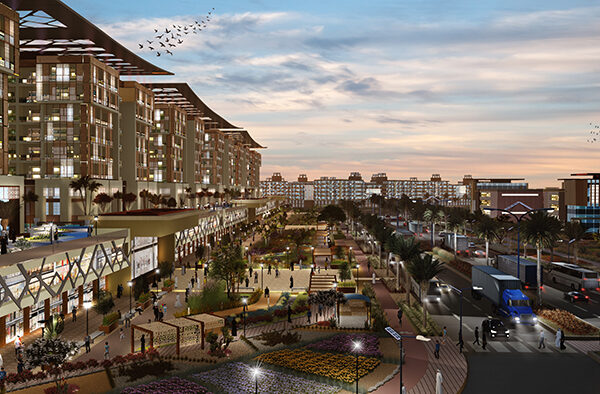
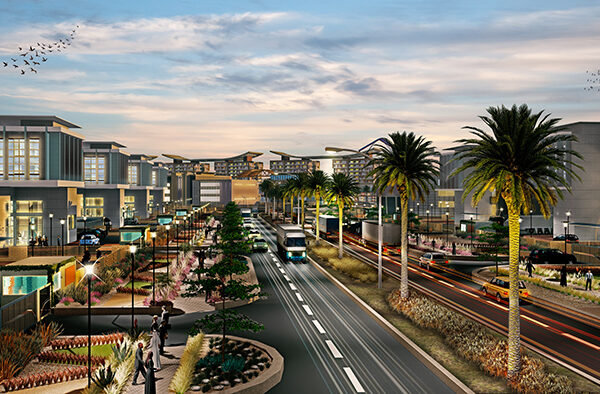
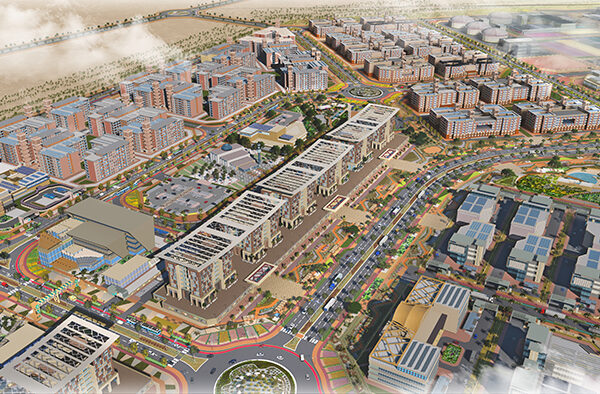
Al Wafra Economic Zone
- GEOGRAPHIC POSITION
- Area Size: 7 km2.
- Location: Southern Kuwait, 65 km southwest from Kuwait City.
- VALUE PROPOSITION
Al Wafra Economic Zone is planned to become an entrepreneurial hub for incubating, launching, and connecting innovative enterprises with vital links into regional and global markets.
- ECONOMIC & SOCIAL IMPACT
- Creates specialized zone in knowledge-intensive sectors with investment in education and training sectors, as well as incubation facilities.
- Designed to accommodates a total capacity of 28,000 residents.
- Expected to avail more than 17,000 job opportunities.
- SUSTAINABILITY
- Al-Wafra Economic Zone is committed to responsible business conduct to attain sustainability by incorporating modern technologies and updated applications such as:
- A central water treatment plant and rainwater collection tanks.
- Space reservation for electrical trams
- Sustainable energy sources, including the use of solar panels.
- Smart lighting systems.
- Centralized solid waste management systems and recycling plants.
- A network of open green spaces and community parks.
- District cooling systems.
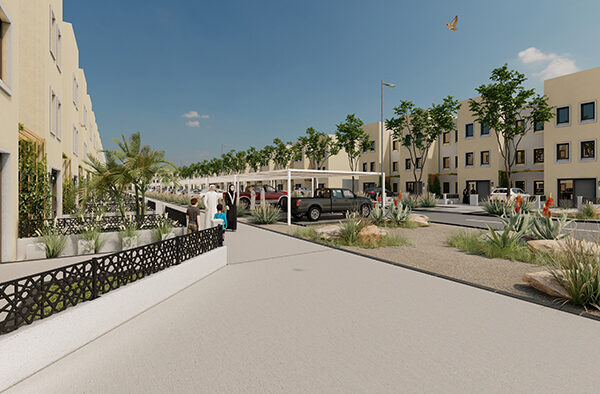

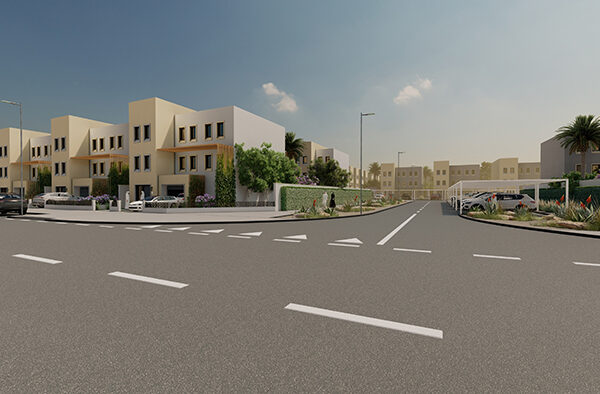
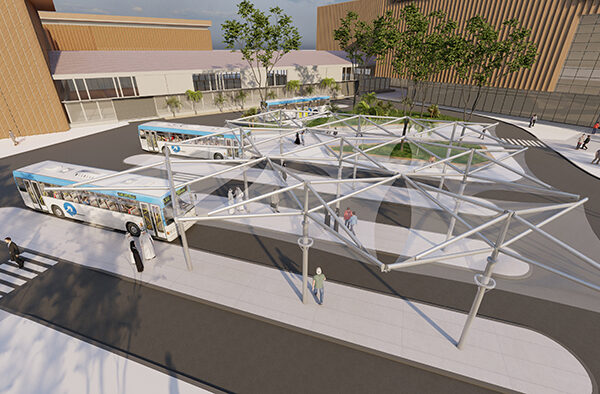
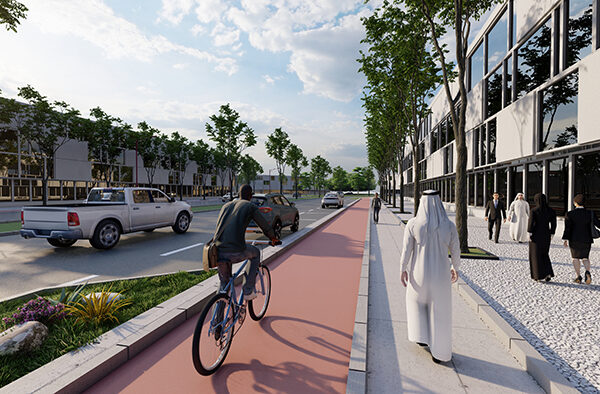
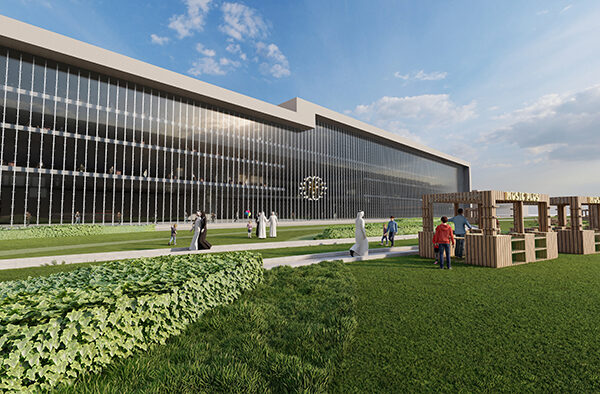

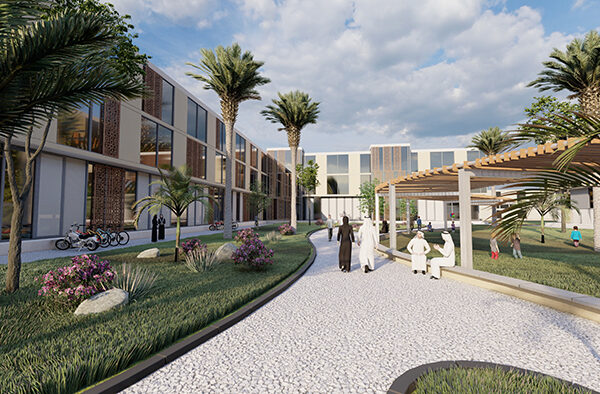
Al Na’ayem Economic Zone
- GEOGRAPHIC POSITION
- Area: 6 km2
- Location: West of Jahra Governate, and approximately 70 km west of Kuwait City.
- VALUE PROPOSITION
Al-Na’ayem Economic Zone is planned to become a central hub for the growth of smart industry and renewable energy technologies; a cluster for medium-intensive core industries, expanding activities in specialized sectors such as advanced metal fabrication, polymer production and advanced materials. It benefitted from:
- Ideally placed to capitalize on regional opportunities in this growing sector.
- Convenient access to the proposed GCC railway line.
- Proximity to the Saudi border via Al Salmi Highway.
- ECONOMIC & SOCIAL IMPACT
- Prioritizes energy production and supply to align with national strategic goals to reduce oil-consumption.
- Fosters new technologies within the region.
- Designed to accommodate around 23,000 residents.
- Expected to avail more than 31,000 job opportunities.
- Planned to build around 11,000 residential units.
- SUSTAINABILITY
Al-Na’ayem Economic Zone is committed to responsible business conduct to attain sustainability by incorporating modern technologies and updated applications that will ensure undertaking the reduction of energy consumption and environment protection according to national strategies and international commitments.
